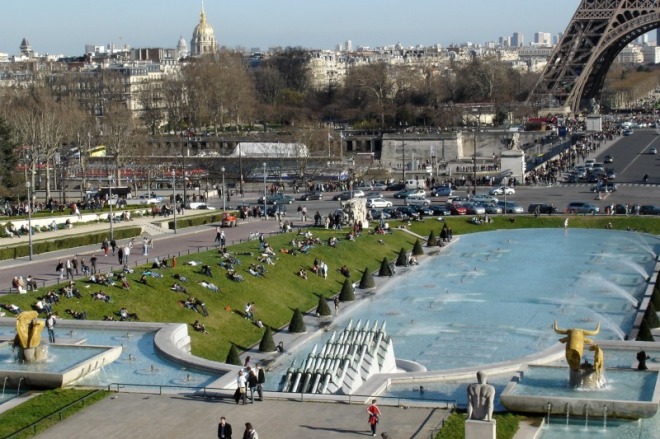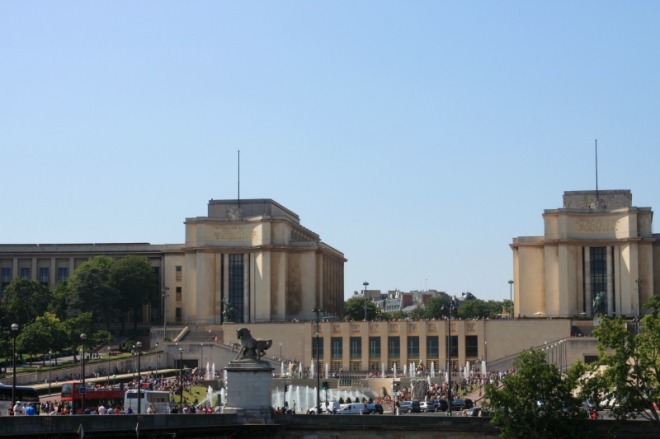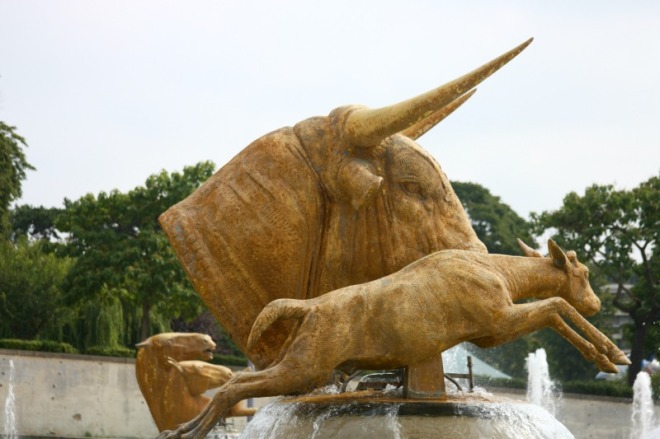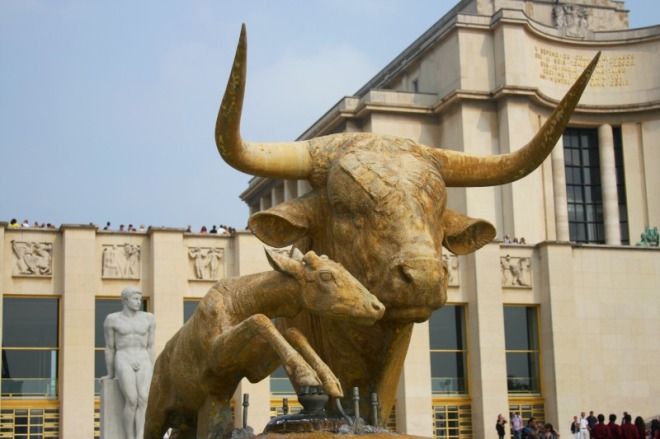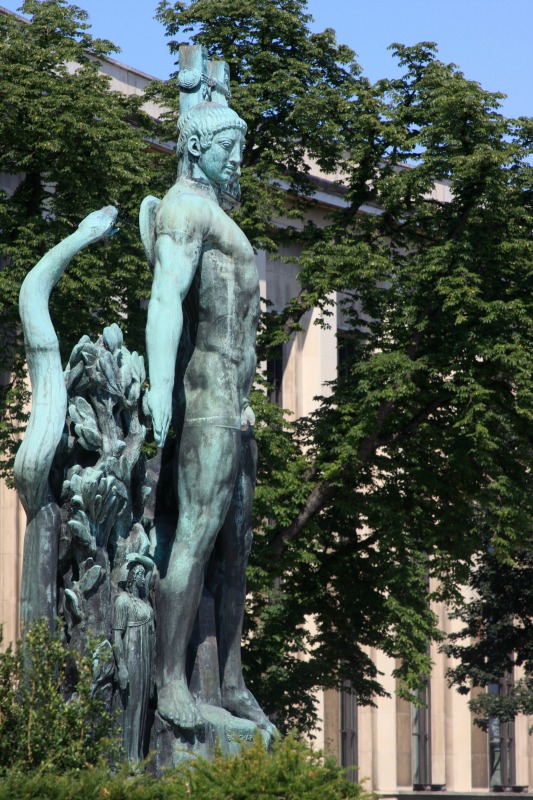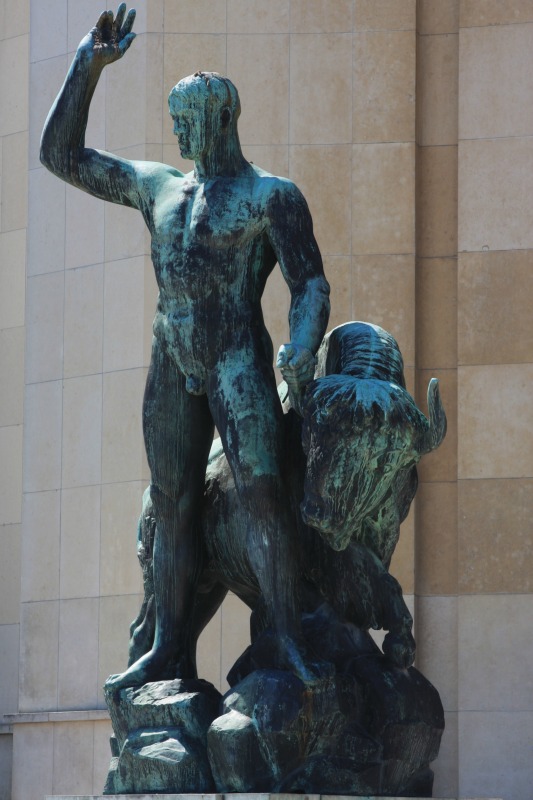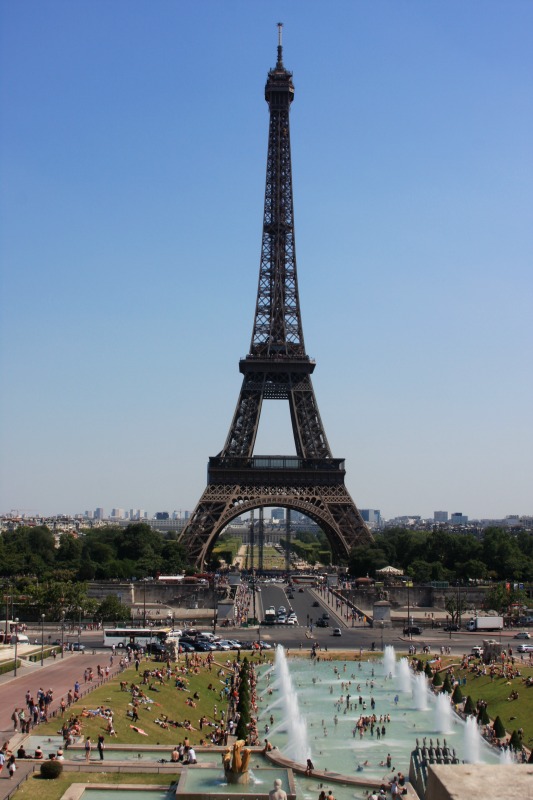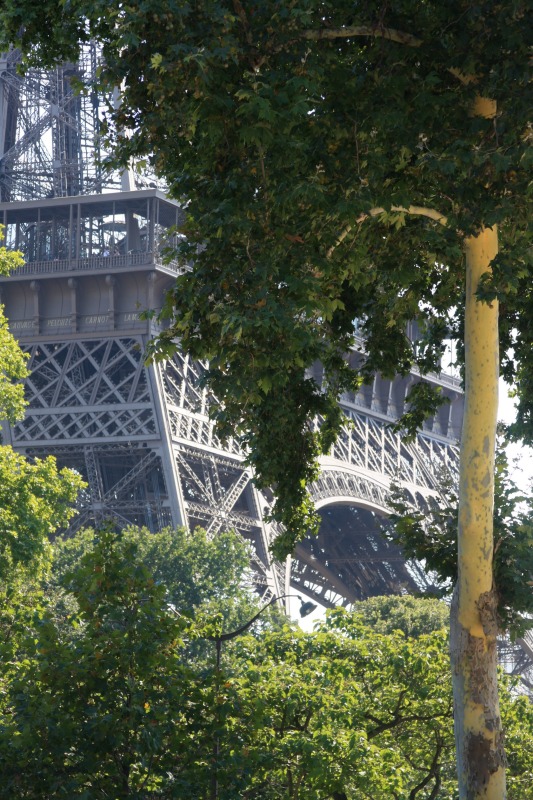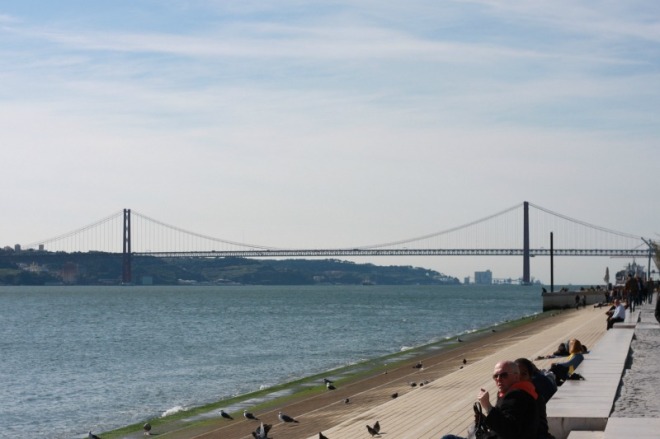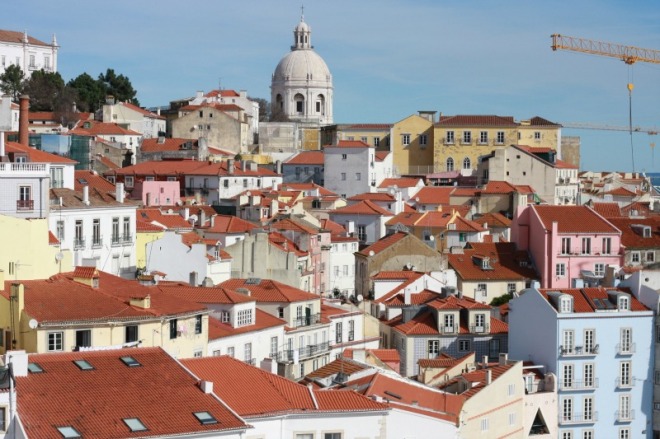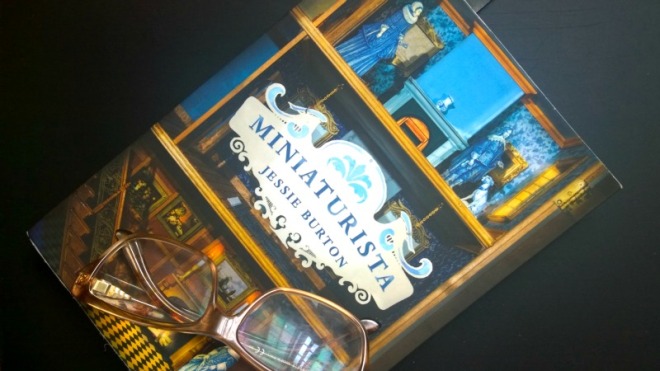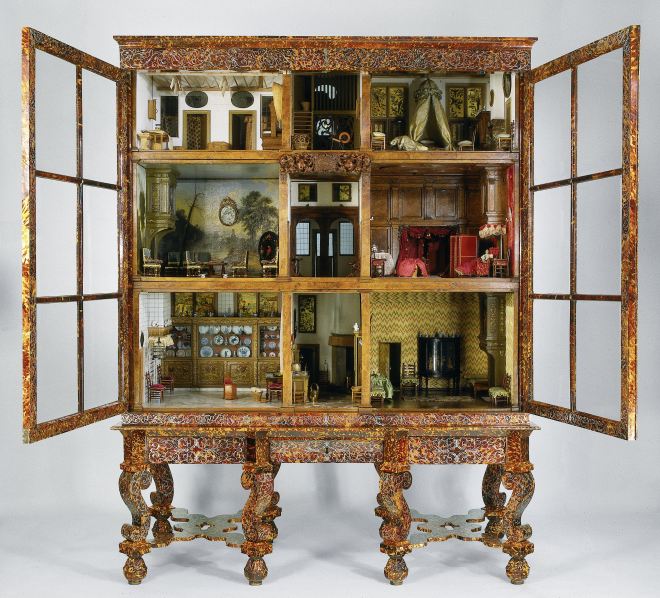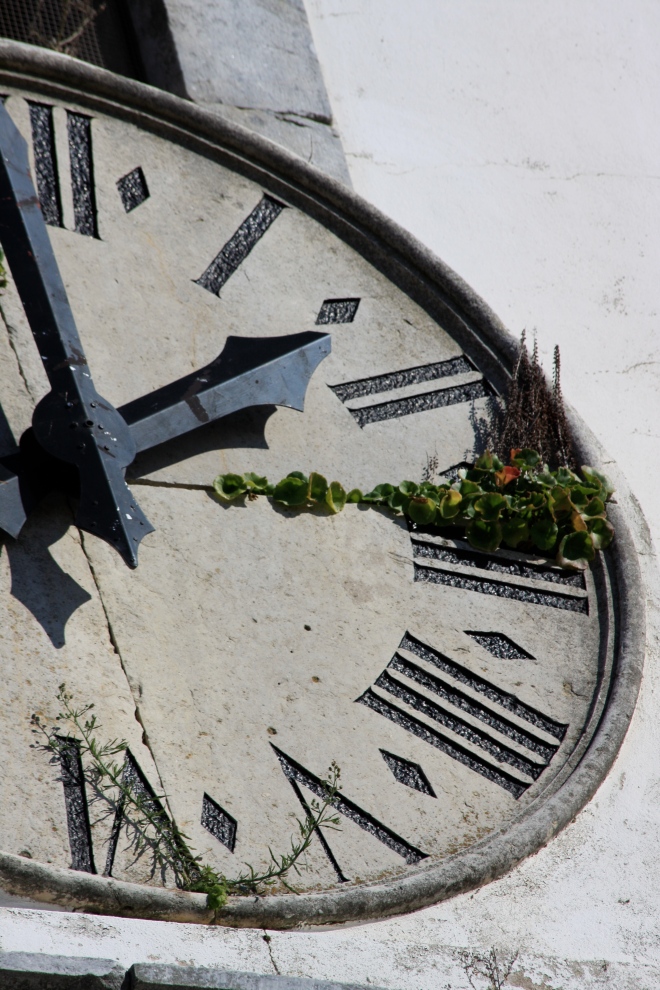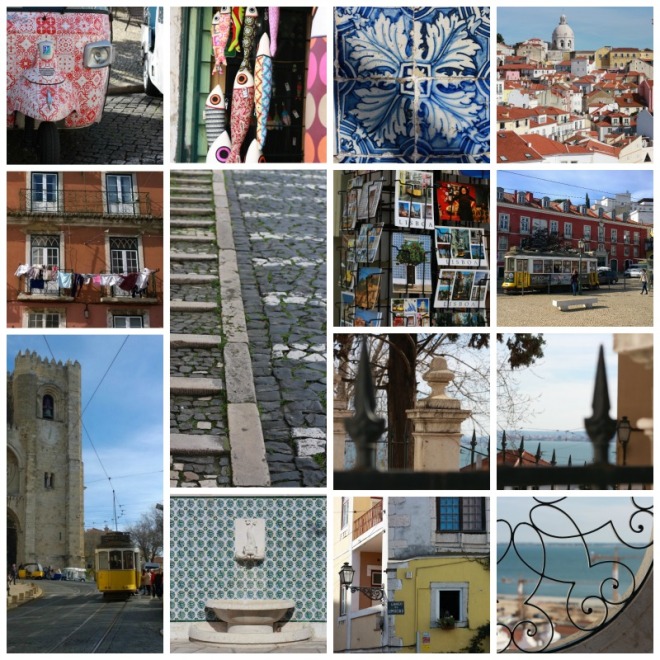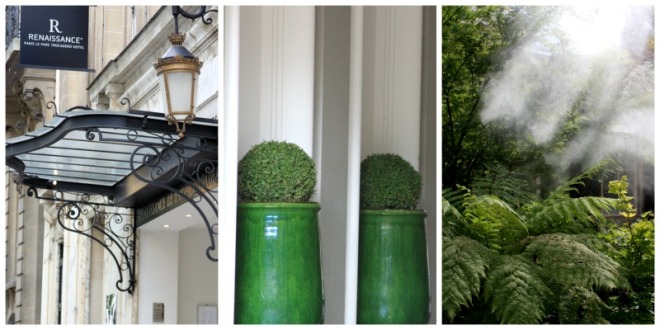
(Scroll Down for English Version)
Na última estada em Paris fiquei no Renaissance Paris Le Parc Trocadero e se, tal como eu, gostarem de pequenos hotéis, no centro da cidade, esta é uma boa escolha.
Bem perto do Trocadéro e do Arco do Triunfo, este pequeno Hotel Boutique é um excelente ponto de partida para explorar a cidade. Quando precisamos de ir um pouco mais longe ou já não apetece andar a pé, a estação de Metro está bem próxima (Estação Victor Hugo) e é uma alternativa um pouco mais económica, a mais rápida, que apanhar um Táxi.
Para além de ser muito bem localizado, o Renaissance Paris Le Parc Trocadero tem um bom serviço e uma equipa amável e profissional que nos fez sentir bem vindos em todos os momentos.
Os interiores são cuidados, com uma decoração bem pensada em tons de verde, branco e cinza. Apesar dos quartos padrão não serem muito grandes, são confortáveis e funcionais. Mas a minha área favorita do Hotel é, sem dúvida, o pequeno oásis que é o seu jardim. Cheio de plantas tropicais, o jardim abriga também a esplanada do restaurante Le Relais du Parc, e era o meu local de repouso favorito quando chegava de um longo dia de passeio.
Renaissance Paris Le Parc Trocadero Hotel
55-57 Avenue Raymond Poincare
Paris, 75116 France
(English Version)
Last time visited Paris we stayed at the Renaissance Paris Le Parc Trocadero and if, like me, you like small hotels in the city center, this is a good choice.
Very close to the Trocadéro and the Arc de Triomphe, this small boutique hotel is an excellent starting point for exploring the city. When we need to go a little further or no longer feel like walking, the Metro station is very close (Victor Hugo station) and is an alternative a little more economical, and faster, than to take a taxi.
Besides being very well located, the Renaissance Paris Le Parc Trocadero has a good service and a friendly and professional staff who made us feel welcome at all times.
The interiors are well taken cared of, with a well thought out decor in shades of green, white and grey. Although standard rooms are a little small, they are comfortable and functional. But my favorite area of the Hotel is undoubtedly the little oasis that is the garden. Full of tropical plants, the garden also houses the terrace from the restaurant Le Relais du Parc, and was my favorite resting place when arriving from a long day of sightseeing.
Renaissance Paris Le Parc Trocadero Hotel
55-57 Avenue Raymond Poincare
Paris, France 75116










